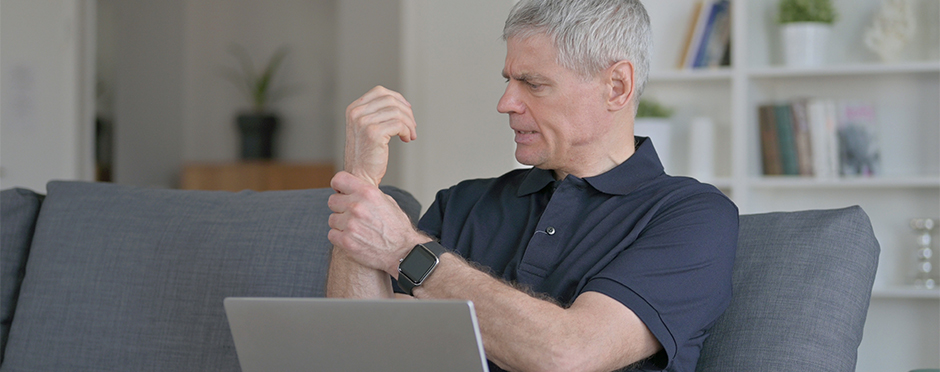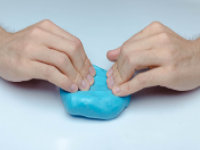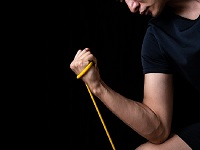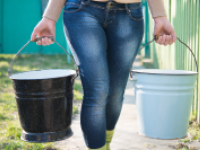
The Bare Hand Necessities for Grip Strength and Function
Leave a CommentTools and technologies can help complete our daily routines, but they are only as skillful as the user. In some instances, our bodies, specifically the hands, are the required tools, yet one might have physical limitations impeding performance and independence. Often, muscle weakness can be the main limiting factor for getting work done. To increase performance, improving one’s grip strength can be most beneficial.
There are different ways to improve the strength of our hands. Strength can develop from either specific exercise targeting muscles of the fingers and forearms or occupation-based forms like job demands/activities. Whichever suits your lifestyle; three variables should be considered: resistance, repetition (or volume), and ergonomic factors.
Resistance
Resistance or the load put onto the body’s muscles, forces our bodies to adapt and change. So why does this matter? Adding resistance to exercises changes how our brains and muscles communicate. This relationship ultimately determines how much work our bodies can handle when doing functional things like carrying and pushing. For example, if you were to take an empty bucket, and add items one by one, your muscles will eventually be able to handle the increased load being placed on your body. Adding resistance to exercises or daily tasks to build muscle power and strength can make heavy work easier.
Repetition
Repetition and muscle endurance can also affect one’s tolerance for prolonged activity. For repetitive tasks, it is important to have muscle endurance to prevent a breakdown of technique or mechanics that can result in the improper use of the body’s system, and ultimately, injury. The muscles in our bodies must be strong enough to produce force required to complete the task and conditioned enough to handle long periods of repetitive movements. Back to our carrying example, our muscles need to be strong enough to pick up a stationary bucket and conditioned enough to withstand the load from the car to the house without dropping it.
Ergonomic Factors
Finally, the way we position our bodies to handle materials effectively is married to muscle strength and endurance. For example, the distance we position ourselves from our work environment (or the bucket from previous examples) can change the leverage and amount of strength required to complete the tasks. Improper positioning can overload one’s body structures, resulting in a potentially dangerous position. This idea of proper use of our bodies interacting with our environment is called ergonomics. It should be equally considered when also thinking about the strength of our bodies.
There is more than one way to improve one’s hand strength, endurance, and mechanics. The exercises below can be used as a great foundation. Changing the amount of resistance, repetitions, as well as position can result in different physical changes that can help improve performance for desired and required daily tasks. Working with an Occupational Therapist for issues of weakness can help minimize injury and improve the quality of the work we want and need to do.



Find a Hand Therapist Near You
The Athletico blog is an educational resource written by Athletico employees. Athletico bloggers are licensed professionals who abide by the code of ethics outlined by their respective professional associations. The content published in blog posts represents the opinion of the individual author based on their expertise and experience. The content provided in this blog is for informational purposes only, does not constitute medical advice and should not be relied on for making personal health decisions.
